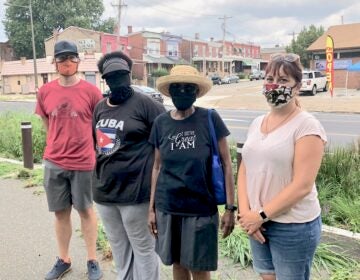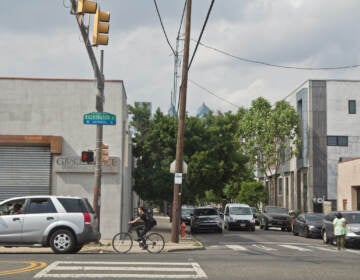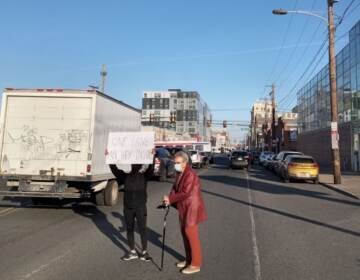City, facing criticism, says Washington Ave. pivot was a ‘matter of equity’
City officials sparked outrage when they reversed course on a planned “road diet” for one of the city’s most dangerous thoroughfares.
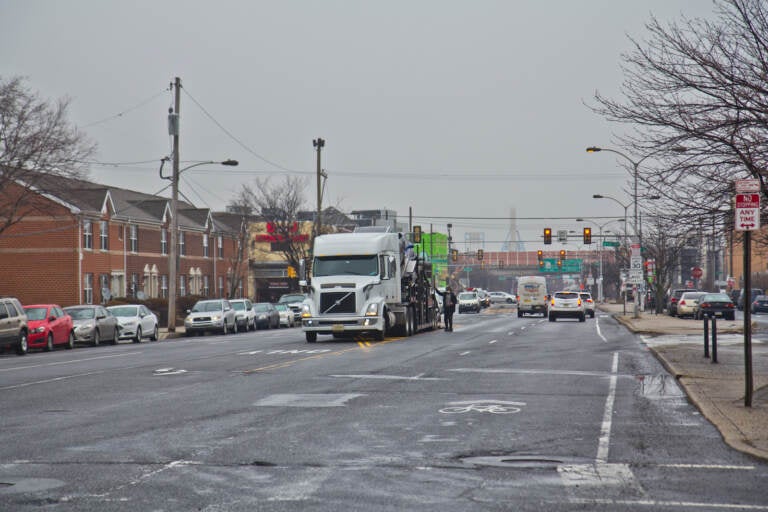
Washington Avenue in South Philadelphia. (Kimberly Paynter/WHYY)
City officials sparked outrage Saturday when they reversed course on a planned “road diet” for one of the city’s most dangerous thoroughfares. But the transportation officials say the decision was meant to promote equity.
Officials in Philadelphia’s Office of Transportation, Infrastructure, and Sustainability (OTIS) announced Saturday they have ruled out the plan to narrow most of a busy section of the five-lane Washington Avenue in South Philly to three lanes. The three-lane design — with one lane in each direction, plus a central turning lane and bike lanes protected by barriers — was labeled the “final design decision” in 2020 after an extensive process of public engagement. The redesign was intended in part to improve safety for people walking and biking on the road, where hundreds of crashes in recent years have left four dead. The city is still planning less dramatic changes to the road.
“To hear that the city is modifying their own proposal and compromising our safety because of feedback from residents is — it’s frustrating and disappointing, because in the end, far more Philadelphia residents supported their proposal than opposed it,” said Point Breeze resident J.R. King, who frequently bikes across Washington Avenue to take his daughter to school.
Results of an online survey of more than 5,400 residents the city released in 2020 showed most favored the so-called three-lane design, which still includes several blocks of four or five lanes. The project, which spans the area of Washington Avenue between Grays Ferry Avenue and 4th Street, was scheduled for construction last summer, but delayed due to the pandemic. Now the city will consider a largely four-lane design, which still includes a wider section around Broad Street, and a mixed design, where nearly half of the project area would be reduced to three lanes and the rest would be wider. The road will also be repaved this year.
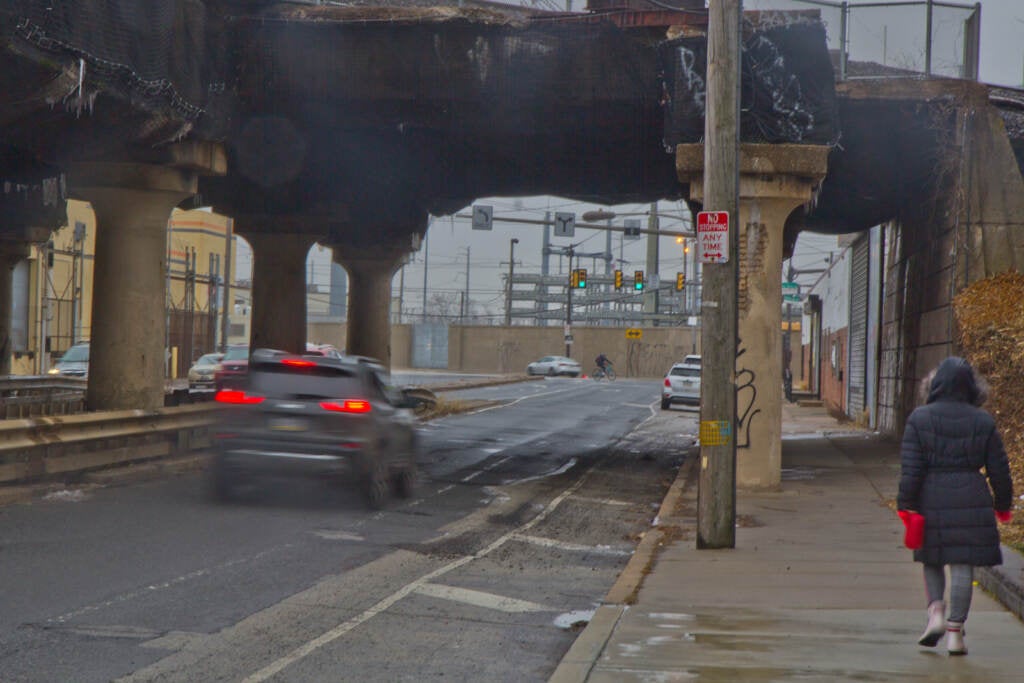
The city’s reversal comes after officials met in-person with Point Breeze and Grays Ferry residents and Registered Community Organizations, as well as a working group of residents, businesses, and advocacy groups such as the Bicycle Coalition of Greater Philadelphia and the urbanist PAC 5th Square. Deputy Managing Director for Transportation, Infrastructure, and Sustainability Mike Carroll said in an interview with PlanPhilly in December that the continued outreach after the official end of public engagement in 2020 was an attempt to be more inclusive.
“We felt like there were some folks who were underrepresented, at least as far as we could tell, in the survey,” Carroll said. “They were very vocal about the fact that they did not take part in the online survey. They tended to be people who were located in neighborhoods where there’s a certain amount of gentrification which is looming over them — so folks who are longer-term residents, more African Americans, more older residents.”
Carroll said city officials launched the in-person conversations last year in an effort to reach those who weren’t included in the online engagement. Joy Huertas, a spokesperson for OTIS, said in an email Monday that these conversations made “abundantly clear” a fact that the online survey results obscured.
“In the eight years that the City has been working on the project there has never been significant support for any type of road diet emerging from the deeply established African American, Asian American communities and other long-standing businesses who would be affected by the change,” she wrote.
A group calling itself the Save Washington Avenue Coalition sent a letter to City Council last month that outlined concerns that a road diet on Washington Avenue would lead to a loss of businesses and jobs, and fuel gentrification.
“The move to have Washington Avenue favor pedestrian-friendly options over commercial traffic prioritizes the more affluent population while ignoring the needs and concerns of long-term residents and businesses,” it read.
Claudia Sherrod signed the letter as president of the Point Breeze Community Network Plus. She wants the road to stay as it is — an option that OTIS evaluated after announcing the three-lane solution in 2020 and has since ruled out. Sherrod primarily drives on Washington Ave., and said the safety concerns are overblown.
“I’ve never had a problem crossing Washington Avenue,” she said. “I always look both ways.”
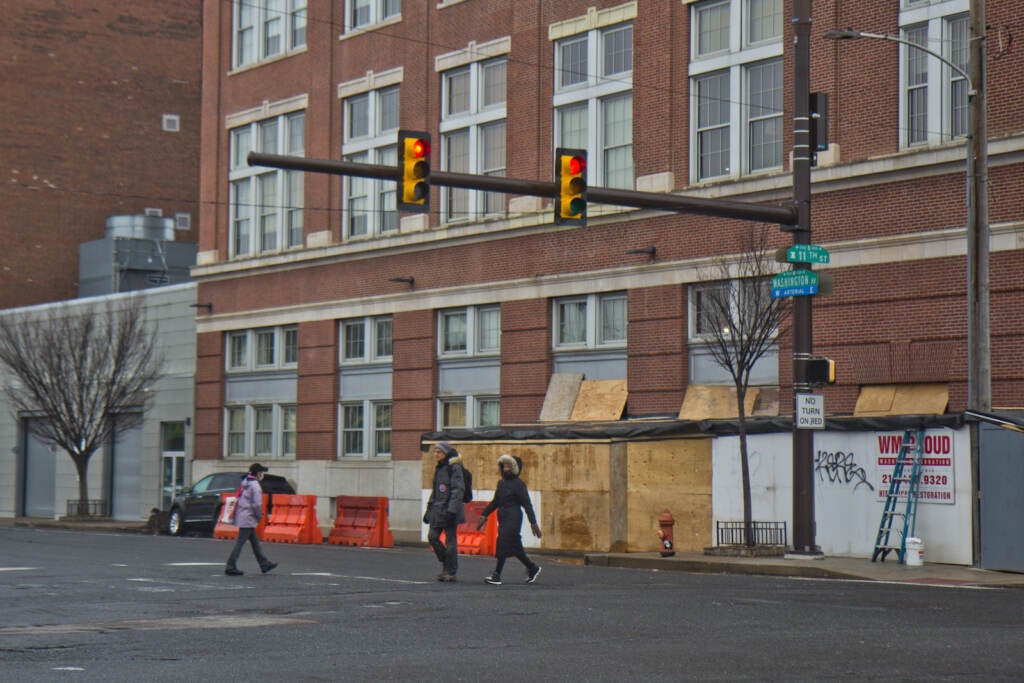
To Sherrod, there’s nothing wrong with a business-oriented Washington Ave. that functions as a quasi-highway. She worries narrowing the street would leave less room for delivery trucks, pushing traffic onto her street, which runs parallel to Washington Avenue just a few blocks south. OTIS found that lane reductions would cause increased travel time during rush hours of up to 10 seconds per block and assumed the three-lane design would divert 10% of traffic onto other streets.
Sherrod is glad the city eliminated the three-lane option, but worries the remaining options will still bring more cyclists to the road, who she thinks will endanger pedestrians and drivers.
“I don’t want no slippity-sliding biker running in front of me, no matter whether they have a barricade up or not,” she said. “When you get to that corner, if they choose to run in front of you, they gonna do that.”
But others see the compromise announced Saturday as a loss.
King, a parent at Edwin M. Stanton School, wrote a petition urging the city to stop delaying and move forward with the project, without modifying the final design decision announced in 2020. King’s petition got over 2,800 signatures. A competing petition, “Stop the Washington Avenue 2/3 Lane project!” got close to 2,000 signatures. A community-led paper survey last year got hundreds of respondents, the vast majority of whom said they wanted to see Washington Avenue changed.
“What I wish [the city] would have done is hire a polling firm to conduct a phone survey and get a representative sample of South Philadelphia residents,” King said. “Instead, they had closed-door meetings with neighborhood groups who yelled at the city that they disagreed with this plan.”
City officials acknowledge the in-person meetings last year were a “targeted engagement effort,” but say no one was turned away.
King worries the city will settle on the four-lane option, and that kids who walk to school will need to cross an extra lane of traffic. But OTIS’ Huertas said the actual distance from curb to curb is the same in all alternatives, and that the four-lane and mixed designs include close to the same amount of protected bike lanes as the three-lane proposal — just two blocks fewer.
“Many comments appear wildly out of perspective with the likely changes between the full three-lane option and the options still under consideration,” Huertas wrote in an email.
Nicole Brunet, PennEnvironment’s Eastern Pennsylvania field organizer, helped promote King’s petition and wants to see Washington Avenue reconfigured to prioritize modes of transportation that do not contribute to climate change.
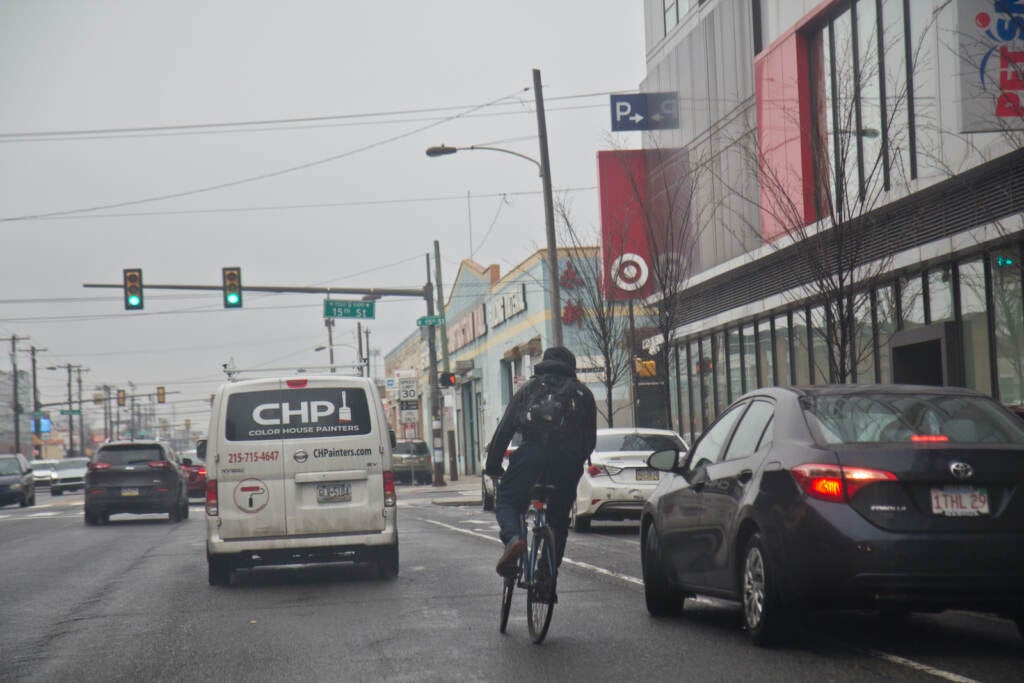
“It should be easier, more affordable and more pleasant to take the bus, walk, and bicycle down the road,” she said. “It should be easier to make these decisions to not get in your car.”
In a tweet Saturday, State Sen. Nikil Saval, who represents Center City and parts of South Philly outside of Grays Ferry and Point Breeze, called the three-lane solution “the safest option,” and OTIS’ decision to abandon it “disgraceful.”
“Thousands participated in the process, overwhelmingly supporting 3 lanes,” he wrote. “Like all of them, I feel betrayed and duped. @PhillyOTIS owns this farce and should be ashamed.”
City officials bristle at the idea they bowed to “pressure.”
“It is squarely a matter of equity,” OTIS’ Huertas said in an emailed statement.
The city plans to hold a public open house on March 1 at 6 p.m for those interested in seeing the finalized plans before construction.

Subscribe to PlanPhilly
WHYY is your source for fact-based, in-depth journalism and information. As a nonprofit organization, we rely on financial support from readers like you. Please give today.





